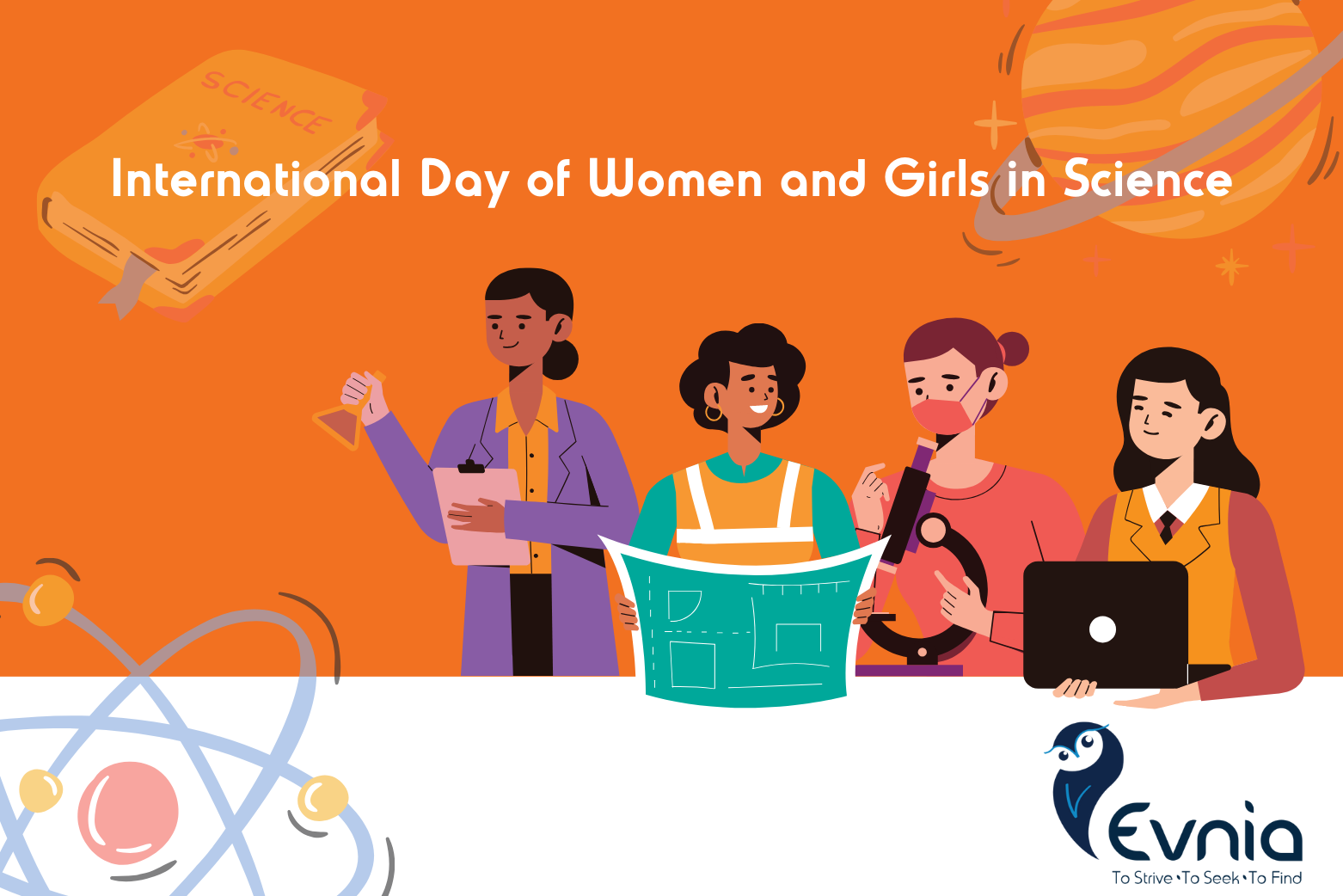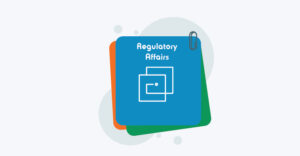Today is the International Day of Women and Girls in Science, a day established by the United Nations to promote and enhance the accessibility of girls and women in Science, Technology, Engineering, and Mathematics (STEM).
While it is undeniable that there has been significant progress in the last decades, women and girls do face challenges. Only 1 in 3 researchers internationally is a woman, women researchers tend to receive fewer grants than their male counterparts, and girls are underrepresented in STEM educational programs due to social norms and biases that persist.
To mark this day, some of the women here at Evnia shared their perspectives on being a woman in science, reflecting on their own experiences from their time back in research and academia, and sharing their concerns and hopes for the future.
The question of commitment to science and research
A recurring topic in our internal conversations was the difficulty in taking a break from research to pursue other interests, start a family, and come back after a pregnancy or a long break without having the feeling or the fear that we are left out of the progress made during our absence. It was interesting to see how common the experience was of being expected to be completely devoted to science and how having a life outside of academia and research was often perceived as a liability.
This expectation restricts women to a one-dimensional role; the role of a scientist whose commitment to research should come above all. This perception of how a “good” researcher should look and behave can be strongly present in academic institutions and labs and is damaging – especially in terms of mental health and often leaves female researchers feeling stripped of their creativity and scientific curiosity.
Unconscious and internalised biases
Many of us mentioned the unconscious biases that can be still encountered in scientific institutions. These preconceived notions attribute a specific trait to women, overlooking their real potential. For example, women are often labelled as the “woman scientist” of the lab, instead of just being referred to as a scientist which can sometimes make them feel that they need to conceal their femininity to be taken seriously. The internalisation of these biases was also discussed, revealing the difficulty that some women have in challenging the social norms that hold them back.
Further reflections and conclusions
In terms of what can be done differently in research and academia, we concluded that having a more lenient approach to what it means to be a scientist and realising that people undertake multiple roles which need to co-exist in harmony for the individual to thrive, would benefit the scientific community in its entirety. Thriving scientists whose different traits are celebrated and not perceived as limitations, whose commitment to science is not questioned if they decide to take a step back, can only lead to even more creativity and scientific advancements.
We agreed that at the end of the day, the scientific community has the power, vision, and willingness to leave behind restrictive mindsets that tangle with progress and innovation. No matter our background, origin, religion, sexual and/or gender identity we are all here to cooperate in the name of scientific breakthroughs!
We do hope that our conversations here at Evnia will inspire you to reflect as well on the matter – as we believe that holding these kinds of conversations is a way to get inspired by one another and move onwards.





